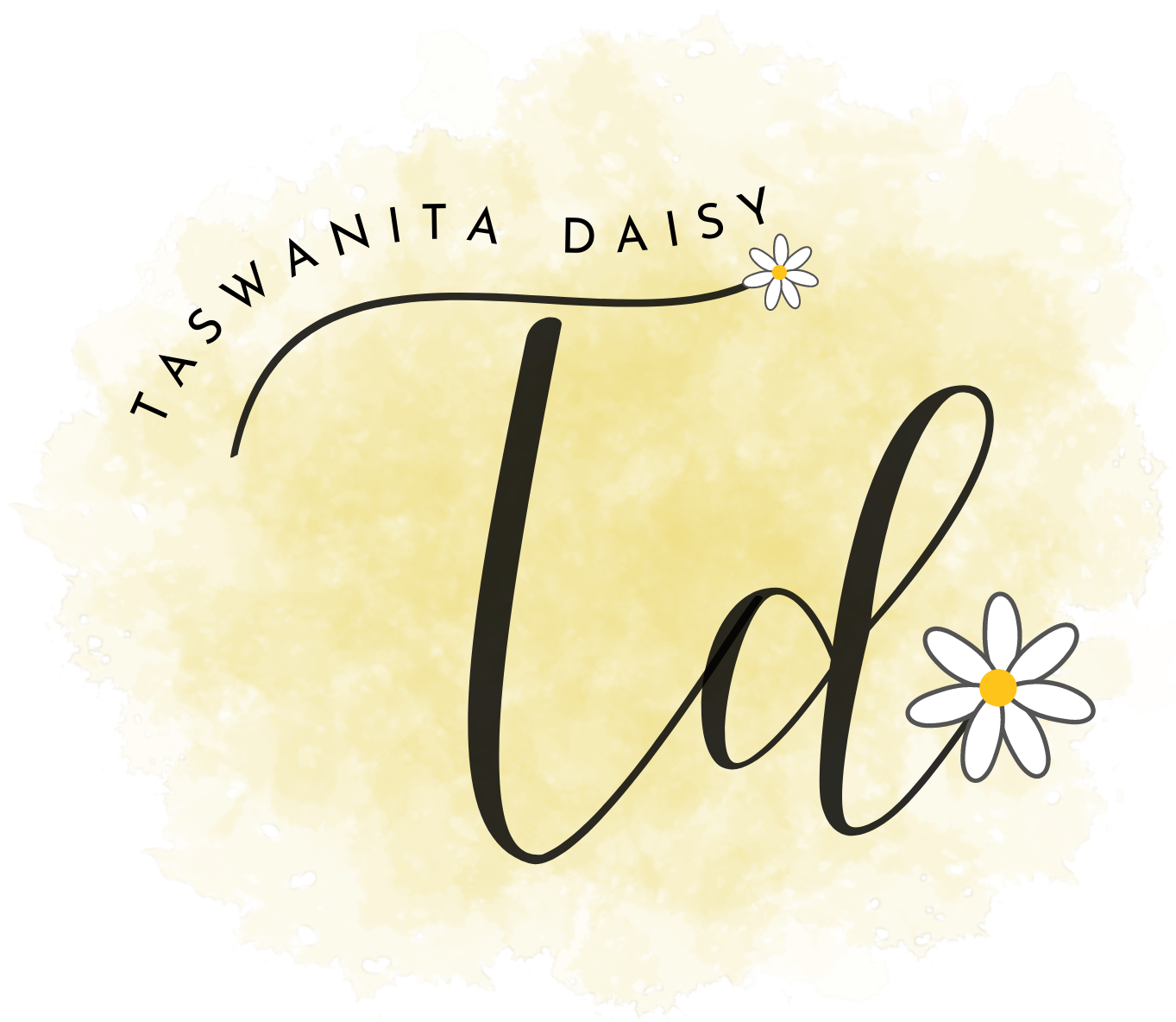Planning a wedding can be both exciting and daunting. For many couples, it marks a significant milestone in their lives, filled with decisions ranging from venue selection to guest lists. A well-organized wedding planning guide can streamline this process and help couples navigate the many details involved.
Setting a clear timeline is essential for successful wedding planning. Couples should establish priorities, budget constraints, and specific dates early on. This proactive approach ensures that each aspect of the celebration is thoughtfully considered and executed.
Beyond logistics, the couple’s vision for their day should shine through. Engaging with vendors, choosing decor, and personalizing the ceremony all contribute to a unique experience. Understanding these elements is crucial for creating a memorable occasion that reflects their love story.
Setting the Foundation
Establishing a solid foundation is crucial for successful wedding planning. Key aspects include organizing the budget, creating a timeline, and defining wedding visions and priorities.
Determining the Budget
Establishing a wedding budget is essential. Begin by calculating overall costs, including venue, catering, attire, photography, and more.
Budget Breakdown:
- Venue: 30%
- Catering: 25%
- Attire: 10%
- Photography: 10%
- Other: 25%
Consider hidden costs like taxes and gratuities. To maximize resources, prioritize a wedding planning checklist that highlights areas for savings. Couples can plan a wedding on a budget by exploring off-peak options or DIY elements, ensuring financial comfort while achieving desired outcomes.
Creating a Timeline
A detailed wedding planning timeline helps streamline activities leading to the big day. Starting with the engagement length, couples should aim to create a timeline that spans 6 to 12 months before the wedding.
Key Timeline Elements:
- 6-12 Months: Secure venue and vendors.
- 3-6 Months: Finalize guest list and send invitations.
- 1-3 Months: Confirm details with vendors and finalize seating arrangements.
Include buffer periods in this timeline for unexpected changes. Regularly update the wedding planning checklist to stay organized and reduce stress as the date approaches.
Defining Your Wedding Vision and Priorities
Clarifying the wedding vision plays a pivotal role in planning. Couples should consider their preferred wedding theme and style, discussing inspirations that resonate with both.
To determine priorities, create a list of what matters most:
- Venue ambiance
- Guest experience
- Personalized touches
A well-defined vision can inform choices. It also helps ensure alignment throughout the planning stages. Utilize mood boards or online platforms to gather ideas and communicate effectively. Clear priorities will guide decision-making and foster a cohesive wedding experience.
The Essentials of Planning
Effective wedding planning hinges on a few critical elements that create the foundation for a memorable event. Key aspects include venue selection, guest list creation, and choosing the wedding party.
Selecting the Venue
The venue sets the tone for the entire wedding. Couples should consider various options, such as banquet halls, outdoor gardens, or destination weddings. Another great option can be an all inclusive wedding venue, since they tend to provide everything from catering and décor to seating and lighting. Each venue type offers unique features and ambience.
When choosing a venue, think about the capacity to accommodate the guest count and the layout for the ceremony and reception. It’s essential to confirm availability on the desired date and discuss rental costs.
Consider factors such as:
- Proximity to accommodations
- Accessibility for guests
- Available amenities (tables, chairs, etc.)
A well-chosen venue helps streamline the planning process and ensures a seamless experience for everyone involved.
Crafting the Guest List
Creating a guest list requires careful consideration and often collaboration. Start by listing priority guests, including family and close friends. This initial group will help establish a baseline for the guest count.
Determine the size of the wedding based on the venue capacity and budget. Consider whether to allow plus-ones and how this affects the total count.
The guest list serves as the foundation for invitations and seating arrangements.
Tips for managing the guest list:
- Use wedding planning tools to organize names
- Track RSVPs to adjust numbers as needed
- Keep communication open with family for any input
An organized guest list leads to a smoother planning process and helps ensure that everyone important is included.
Choosing Your Wedding Party
Selecting a wedding party is an important step that reflects personal relationships and support systems. Couples typically name a maid of honour, best man, and additional bridesmaids or groomsmen.
Considerations should include how well individuals support the couple and their availability for pre-wedding events, such as the rehearsal dinner.
Key points to ponder:
- The responsibilities of each member (planning the shower, coordinating attire)
- The dynamics of each relationship
- Balancing the number of attendants with the overall aesthetic
Effective communication is crucial to set expectations for participation and events. An engaged wedding party adds energy and joy to the planning process and celebratory events.
Details and Execution
Effective planning hinges on managing specific details and ensuring seamless execution. Each component, from vendor collaboration to design choices, plays a vital role in the overall experience.
Collaborating with Vendors
Building a solid vendor team is crucial. Now, this can include a wedding planner, photographer, florist (like the one from Daily Blooms, for example) and a caterer. She should research potential vendors through reviews and recommendations.
Key factors to consider:
- Budget: Identify how much to allocate for each vendor.
- Contracts: Ensure all agreements are clear and detailed.
- Communication: Maintain regular contact to address any concerns.
Having a checklist can help keep track of tasks and timelines. Saving vendor contact information in a centralized location simplifies coordination as the wedding day approaches.
Design and Decor
Design and decor establish the wedding’s ambiance. Choosing colors that reflect the couple’s style is essential. A cohesive aesthetic enhances the overall experience.
Important elements to consider:
- Theme: Select a clear theme that aligns with the couple’s vision.
- DIY Options: Explore do-it-yourself projects for personal touches during decor.
- Setup Schedule: Create a specific timeline for when decor will be set up and taken down.
Utilizing seasonal flowers, unique centerpieces, and thoughtful lighting can elevate the space. Regular check-ins with the decor team ensure alignment and timely execution.
Attire and Appearance
Wedding attire plays a significant role in the event. The couple should choose a trusted wedding dress shop that offers outfits that are not only beautiful but also comfortable to wear.
Key considerations include:
- Fitting Schedule: Allow ample time for fittings and alterations.
- Hairstyles and Makeup: Schedule hair and make-up trials well in advance.
- Accessories: Select accessories that complement the overall look.
Clear communication with dressmakers and stylists helps to avoid last-minute issues. Thus, ensuring everyone looks and feels their best on the big day is essential.
Communications and Stationery
Effective communication is crucial throughout the planning process. This includes creating a wedding website and sending invitations.
Important components to manage:
- Wedding Website: Use it for sharing details like venue, schedule, and RSVPs.
- Invitations and Save-the-Dates: Send these out at appropriate times to inform guests.
- Wedding Hashtags: Develop a unique hashtag for social media sharing.
Careful management of stationery design and distribution helps convey essential information to guests. Keeping track of RSVPs also ensures an accurate headcount for the event.
Final Preparations
With the wedding day approaching, it’s essential to finalize details, prepare for unexpected events, and set plans for after the ceremony. Attention to these aspects ensures a smooth experience for the couple and their guests.
Finalizing the Details
The couple should create a detailed checklist to ensure nothing is overlooked. Key items include confirming vendor bookings such as the venue, caterer, and florist.
It’s also important to finalize the wedding registry. Setting it up through platforms like Zola can streamline gift selection.
Additionally, they need to confirm the timeline for the ceremony and reception. Clear communication with the wedding party about schedules and responsibilities can prevent confusion and stress.
Planning for the Unexpected
Planning for unexpected situations is crucial. Weather can be unpredictable, so having a backup plan for outdoor ceremonies is wise. For instance, having tents or an alternative indoor location can save the day.
Another important consideration is wedding insurance. It can provide peace of mind by covering unforeseen issues, such as vendor cancellations or damage to attire.
The couple should also discuss potential compromises. For example, if a specific floral arrangement is not available, agreeing on an alternative in advance can be helpful.
Looking Beyond the Wedding Day
As the wedding day passes, it’s vital to turn attention to the honeymoon. Couples should start planning early to secure desired accommodations and activities. This might involve checking travel deals or considering a registry dedicated to honeymoon experiences.
After the wedding, maintaining communication with guests is essential. Sending thank-you notes for gifts received, especially from the wedding registry, can express appreciation meaningfully.
Lastly, couples may explore options for engagement parties or post-wedding celebrations. Balancing these plans keeps the excitement alive beyond just the wedding day.





